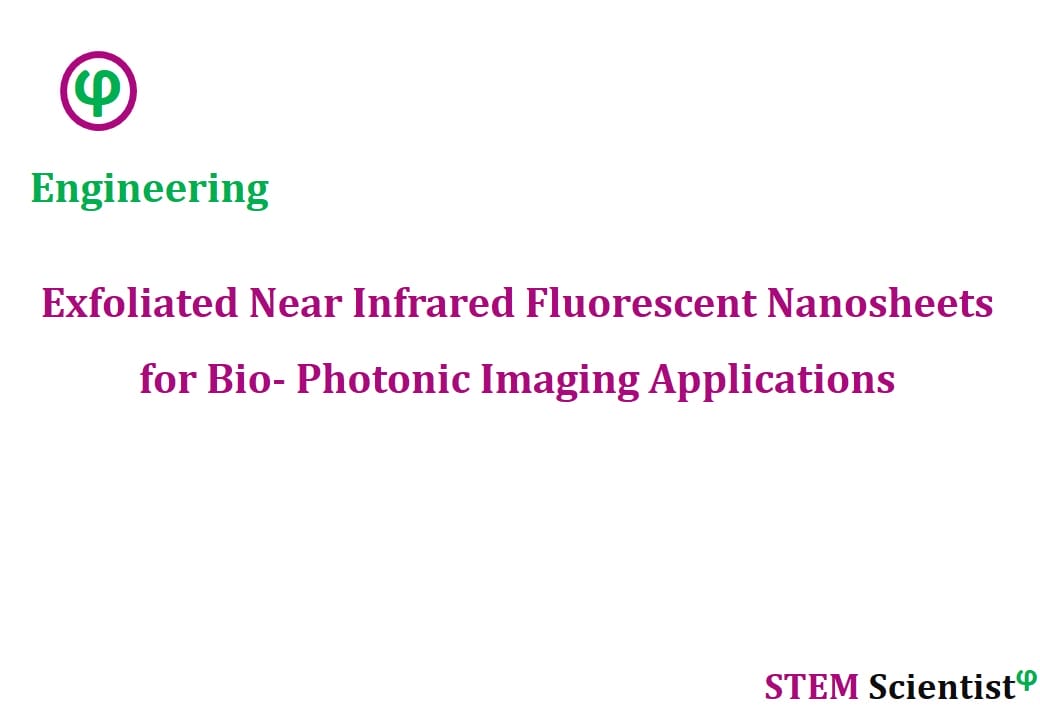
The following study was conducted by Scientists from Institute of Physical Chemistry, University of Göttingen, Göttingen, Germany; Third Institute of Physics, University of Göttingen, Göttingen, Germany; Institute of Organic and Biomolecular Chemistry, University of Göttingen, Göttingen, Germany; Institute of Developmental Biochemistry, Medical School, University of Göttingen, Göttingen, Germany; Department of Dermatology, Venereology and Allergology, University Medical Center Göttingen, Göttingen, Germany; Department of Sedimentology and Environmental Geology, Geoscience Center, University of Göttingen, Göttingen, Germany; Department of Botany and Plant Sciences, University of California, Riverside, California, USA. Study is published in Nature Communications Journal as detailed below.
Nature Communications; Volume 11, Article Number: 1495; (2020)
Exfoliated Near Infrared Fluorescent Silicate Nanosheets for (Bio) Photonics
Abstract
Imaging of complex (biological) samples in the near-infrared (NIR) is beneficial due to reduced light scattering, absorption, phototoxicity, and autofluorescence. However, there are few NIR fluorescent materials known and suitable for biomedical applications. Here we exfoliate the layered pigment CaCuSi4O10 (Egyptian Blue, EB) via ball milling and facile tip sonication into NIR fluorescent nanosheets (EB-NS). The size of EB-NS can be tailored to diameters <20 nm and heights down to 1 nm. EB-NS fluoresce at 910 nm and the fluorescence intensity correlates with the number of Cu2+ ions. Furthermore, EB-NS display no bleaching and high brightness compared with other NIR fluorophores. The versatility of EB-NS is demonstrated by in-vivo single-particle tracking and microrheology measurements in Drosophila melanogaster embryos. EB-NS can be uptaken by plants and remotely detected in a low-cost stand-off detection setup. In summary, EB-NS have the potential for a wide range of bioimaging applications.
Source:
Nature Communications
URL: https://www.nature.com/articles/s41467-020-15299-5
Citation:
Selvaggio, G., A. Chizhik, et al. (2020). “Exfoliated near infrared fluorescent silicate nanosheets for (bio)photonics.” Nature Communications 11(1): 1495.


